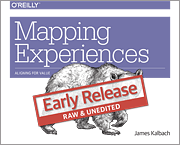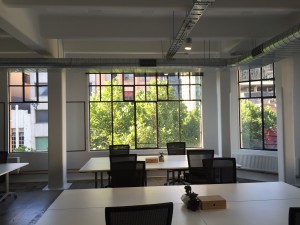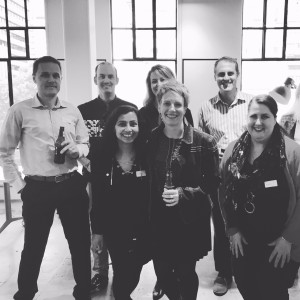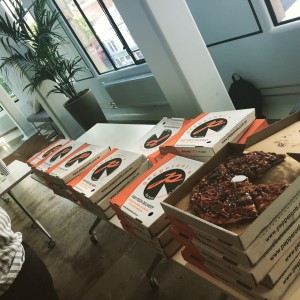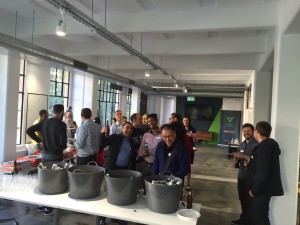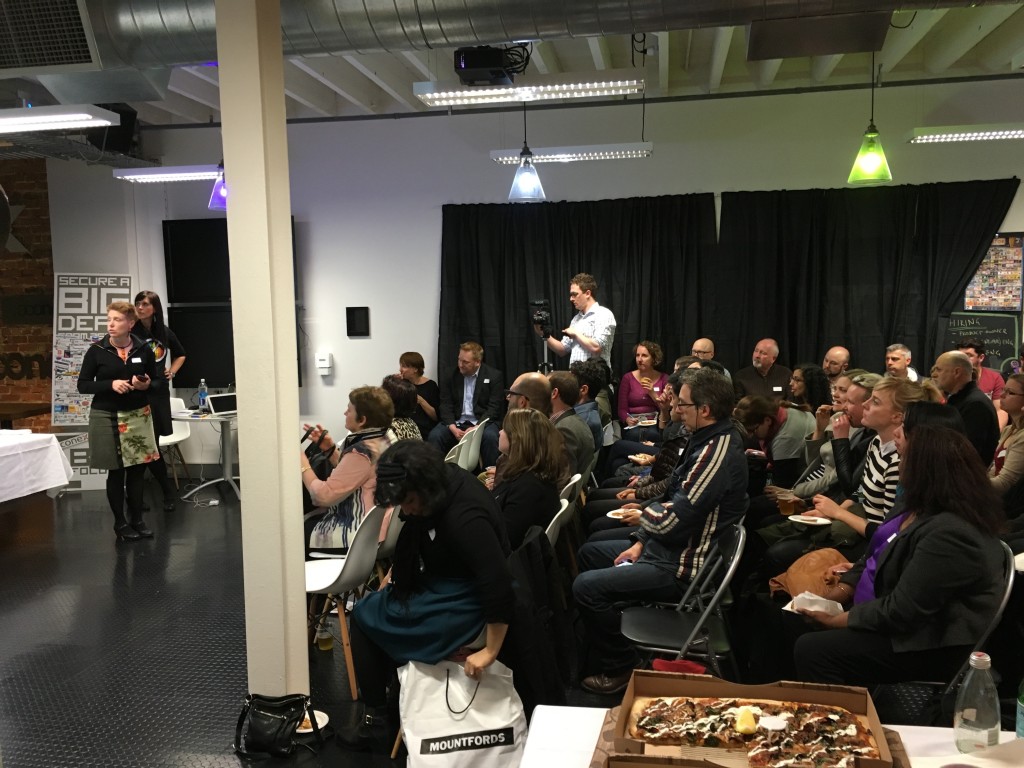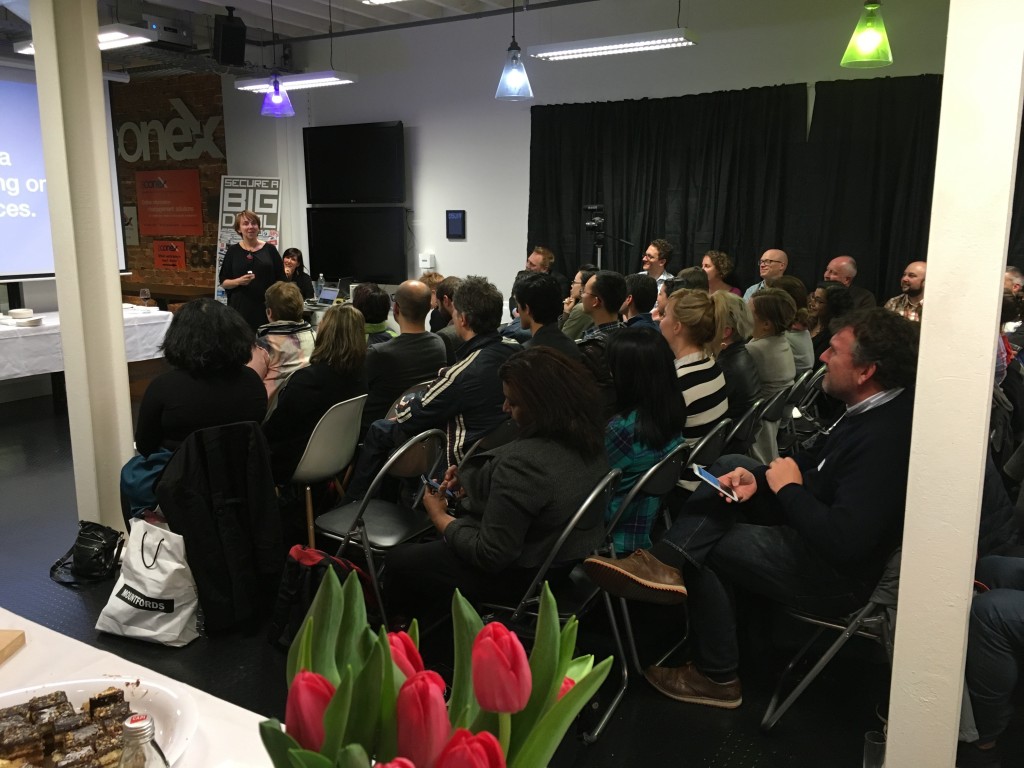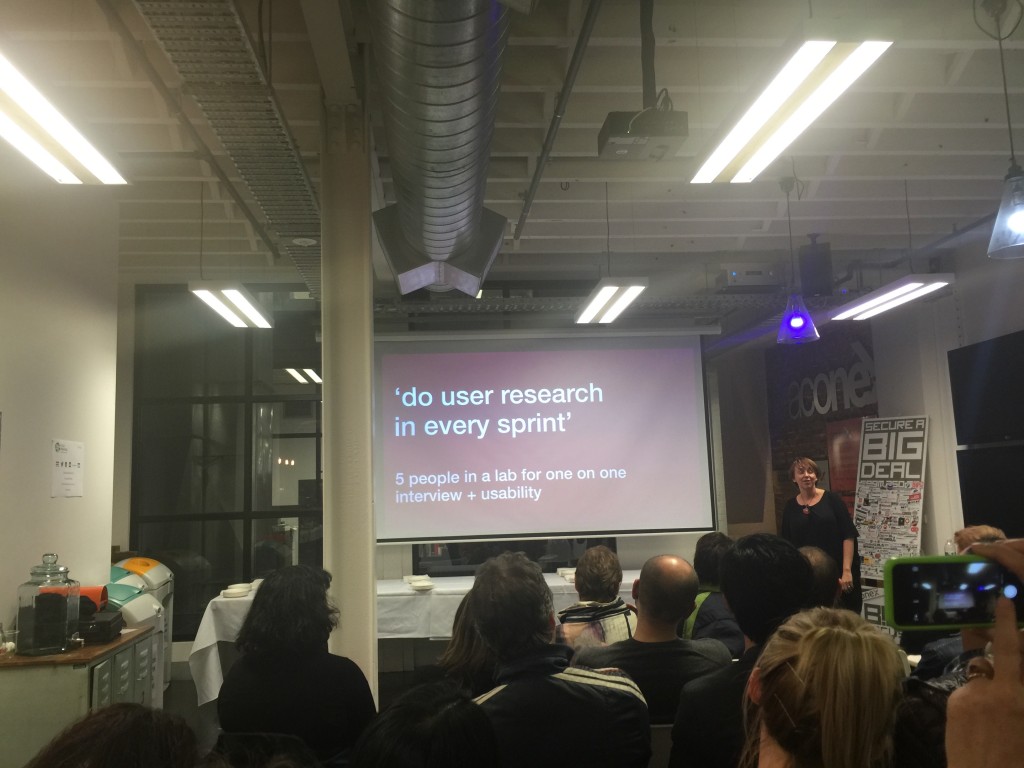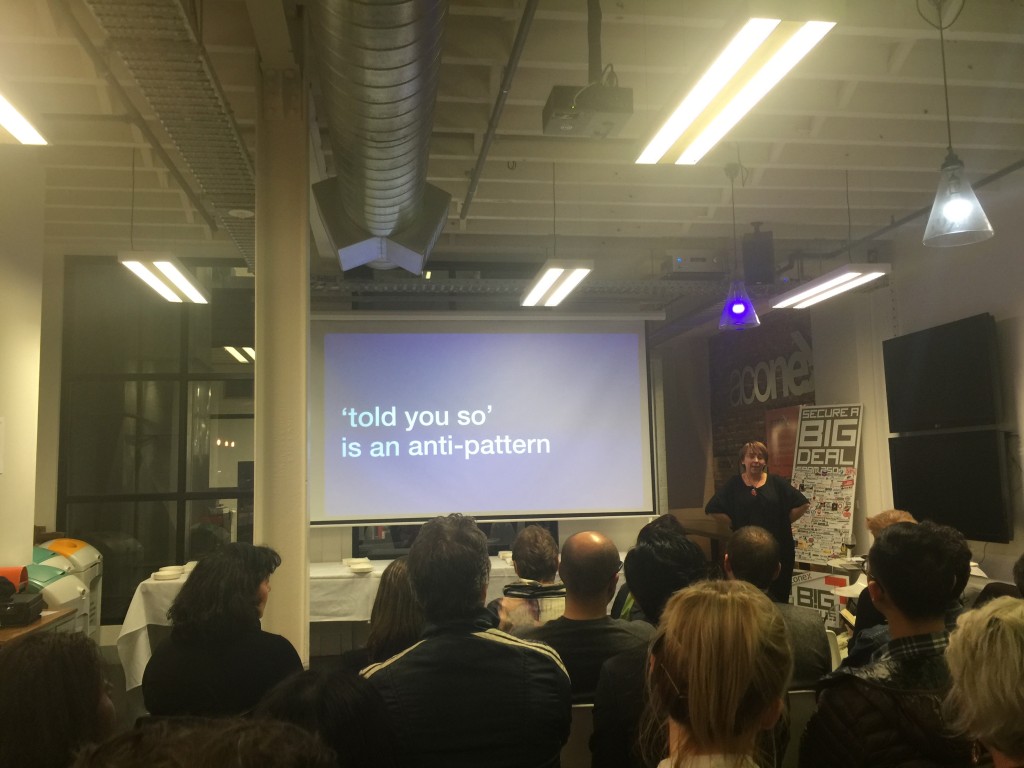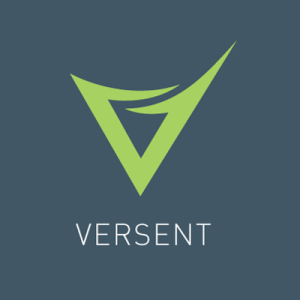Our event this month had the wonderful Elena Kelareva, Product Manager at Google, talk with us about API product management and product management at Google. Elena is currently the product manager for the web maps APIs – and there is a lot to that group of API’s!
Excited for #Google perspective on #productmanagement @envato @product_anon. @ElenaKelareva works on #GoogleMaps! pic.twitter.com/kUyrci4DAi
— Sasha Sullivan (@sullivan_sasha) March 17, 2016
Elena Kelareva kicking off her talk on API product management #prodanon @product_anon pic.twitter.com/VdRi93PbSS
— Zinzi Bianca (@zinzibianca) March 17, 2016
Having an API can aid your company in a number of ways. It can:
- Allow you to build usage
- Be a revenue model (which the maps API is)
- Allow for the extension of ideas beyond what you may first imagine with the core product
People can use API services to serve a niche market that otherwise wouldn’t be possible. For example, birdwatchers can use the Maps API to build out sites that Google wouldn’t directly build.
API Product Management
Elena had three main points when thinking about managing your API. She provided some call-outs to consider before embarking on building an API and ensuring your intention is known before you get started.
When thinking about managing an API vs a 1st party product, Elena’s 3 main points are:
- You have an extra stakeholder to work with! Instead of just company and end users, you now have developers as a key party to consider.
- API’s are harder to change
- Management of the applications of the API
Developers as a stakeholder
Developers are critical to the success of your API. They can extend your product in ways you will never think of and will add features to their product that only your API makes possible.
Ensure you API strategy is aligned with the needs of the developers – be clear about the core user base and their business strategy including your SOAs.
APIs are really hard to change
Changing an API is like trying to redirect the Titanic! Elena shared some war stories to illustrate why.
Because entire businesses have built their sites on the Google map API, changes become hard as the API is so integral to these sites. When the Maps API was ready to update to v3, they gave sites 3 years to transition to the new API. As the deadline approached, they realised many users had not done the work so they extended the deadline by 6 months. Still, people didn’t switch so they started reaching out to individual sites to see how essential the API was – could they just turn off v2? Turns out people could actually die if v2 didn’t function which lead to Google building a ‘shim’ to do the translation from v2 to v3.
Elena also talked about when Google decided to charge for the use of the API. This happened in the early days, before Elena was PM, but the ramifications of such a switch in strategy is something she is very much aware of. Even though the charging model only impacted the top 1% of users (big sites/organisations who had large usage, as the model was based on usage). Certainly the perception was a painful lesson for any product manager to be more considerate of what your long term goal might be for a revenue model and tread carefully when starting out “free”.
Getting ready for my first @product_anon #product_anon with #elenaKelareva from #google
A photo posted by Rita Arrigo (@ritaarrigo) on
Pros and cons of the possible applications of your API
Day in & day out, Elena is inspired by the different ways the APIs are used. This is a fabulous aspect of being an API product manager & thinks that inspiration is one of the best perks of looking after APIs. There are so many developers out there looking to try great new things in creative ways and using these tools to save time.
Some of her favourite examples are disaster related initiatives such as those created during Black Saturday and flood maps that highlight the impact of global warming. These helped show people where the emergency was happening and helped people let families know they were in safe places. Another local example was infoxchange which is helping homeless people find services.
The downside to creativity and innovation is those who use the tools for not such great applications. Keeping an on the inadvertent as well as the deliberate misuse requires constant monitoring. The careful drafting of terms is an important part of the role to ensure you have something to fall back on to block those users or manage their actions to prevent harm to the rest of the community of users + your company.
Elena Kelareva from @googlemaps talking Product Management and APIs for @product_anon at @envato #prodmgmt #prodanon pic.twitter.com/P7uxUuRvYR
— Luke Meehan (@lukasm) March 17, 2016
Thanks to Elena for sharing some very practical tips to a highly technical product service!
What’s it like to work at Google as a PM?
The moment we had all been waiting for – what’s it really like to work at Google?
Outside of the more obvious perks that are talked about, the hiring process includes hiring for niceness. Building a great culture is often talked about across the blogosphere but such a simple rule is so much easier to follow.
Elena talked about how great it was, having interacted with so many people, that she had yet to run into anyone not nice to work with. The company also supports this continued application by encouraging or allowing staff to award a colleague with a bonus of $500 when they do something above and beyond for another colleague. That helps create a culture where people are very willing to help each other out. The behavior is also encouraged through performance evaluation, which is less aligned to product success metrics and instead tied to 360 feedback and collaboration with colleagues.
The other insight was about how much room a product manager at Google has to shape their role and product rather than receiving much top down directive. Elena was mildly surprised when she started at Google (her first PM role) that she was given 3 page document to start work. The document was mostly a list of names of who she should talk to instead of a list of ‘things to do’.
In some ways, this is so obvious that I am surprised more of us don’t just state that as the approach. A key part of being a PM is to listen and understand how things tie together and who does what. Only once you have understood that space can you possibly form and contribute opinions in to what to do next. That fact that Google openly acknowledges this, sends their PM’s off to do that and gives them time to get to that stage without dictating is fabulous. However, as a PM on her first day on the job, Elena did find it a little intimidating!
Thanks again to Envato for hosting us this St Pat’s day and please join us for our next events. We have two for April – a special event with Jim Kalbach on Mapping Experiences and our main event for the month is all about the wonderful topic of Roadmaps: friend or enemy!?!

